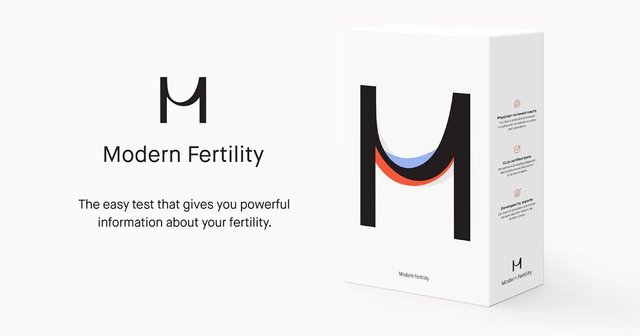$7M in funding to modernize fertility and turn fertility from reactive to proactive.
Two years ago, I decided to get my fertility tested—not because I was trying, or even ready to have kids. I just wanted to understand what was going on in my body. The process was challenging: the data was confusing, getting my questions answered was difficult, and I was hit with a bill of $1,500. But once I found the right Reproductive Endocrinologists, the information I received was powerful. I was inspired by the information I got and wanted women everywhere to feel as empowered as I was.
Millenial women are waiting longer than ever to have kids but biology hasn’t changed—we’re born with all the eggs we’ll ever have and our fertility naturally declines with age. Today, 1 in 6 couples has trouble conceiving and women don’t get the information they need until we’re already facing difficulties getting pregnant –often times when it’s too late. We need to break the pattern and the first step to doing that is information.
Building Modern Fertility:
My co-founder Carly and I set out to create a solution and empower women by building the company we wanted our friends, co-workers, and future daughters to use. Last year, we announced Modern Fertility: the first comprehensive hormone test you can take at home to get information about your fertility. The test includes data on your ovarian reserve, how your levels could affect egg freezing or IVF, menopause timing, and red flags you need to know about.
What’s wrong with the system today?
Until now, there hasn’t been a proactive way to check on fertility before you are actively trying to have kids. Women who are trying to get pregnant are required to find an infertility clinic (there are only 500 of them in the U.S.), provide documentation that the’ve been trying to conceive for at least 9-12 months (depending on age) and often pay out of pocket for multiple appointments, physical exams, and a series of invasive tests that can end up costing upwards of $1,000.
Launching Modern Fertility:

Over the last year, women across the country have tested with Modern Fertility. And they’ve made it clear that “just wait and see” was “just not good enough.”
We are excited to announce that as of today, Modern Fertility is offering the first comprehensive fertility hormone test you can take at home. It consists of the same lab tests previously confined to infertility clinics—just way more accessible and for a fraction of the cost. We are also excited to announce our Medical Advisory Board. To help achieve this mission, we’re also announcing our latest round of funding—$6M led by Maveron and Union Square Ventures bringing our total funding to $7M.
The future of fertility
We see a world where annual fertility testing is as routine as a pap smear. We’re committed to getting every woman the data points she needs to make the decisions that are right for her.
Making fertility information as accessible as possible means meeting our customers at home. More convenient, minimally invasive testing has been around for 50 years—but until now, hasn’t been applied to women’s health. We are building Modern Fertility to promote fertility education and give women more insight into what is going on in their bodies.
We are fortunate to have the brightest minds in fertility helping us to build Modern Fertility. The board is led by Advisory Board Chair Dr. Nataki Douglas of Columbia and Rutgers and Dr. Robert Luo, a Stanford professor and former Medical Director at Roche Diagnostics and supported by experts like Dr. Sajo Beqaj and Dr. Amber Worthington. Together with our advisory board, we’re committed to initiating a science-driven dialogue around fertility before infertility becomes an issue.
By educating and arming women with powerful information about their reproductive health, we are closing the fertility information gap and enabling women to have more data for decision-making.
Hi! I am a robot. I just upvoted you! I found similar content that readers might be interested in:
https://modernfertility.com/blog/launch/
Downvoting a post can decrease pending rewards and make it less visible. Common reasons:
Submit